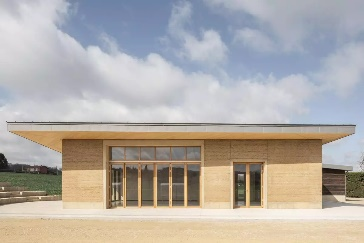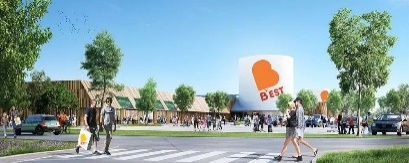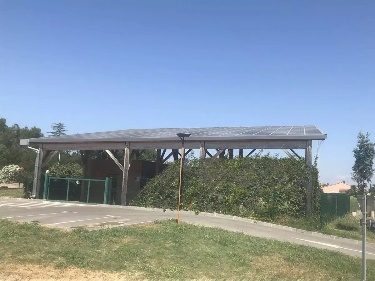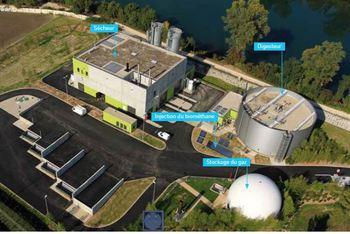GSA Trends 2019 #7 Renewable energies
Construction21 - La rédaction

Urban wind power is playing the Arlesian game, Africa is demanding electricity, but is having trouble hosting large-scale solar projects. So, the renewable 2019 trend? It cannot be said. This is obvious in some countries but not in others. And when we marvel at the solar and wind energy, biomass and biomethane are developing, raising many questions. That's why this latest addition to the 2019 Green Solutions trends is so short. We imagined that we would receive many more answers in the form of case studies to solve the unknown of RE and we were left hungry!
7.1. Uneven diffusion for solar energy
Whether we are talking about photovoltaic or solar thermal for domestic hot water, the contribution of the sun is a constant on many renovation projects, as well as new ones. We can simply distinguish an almost systematic return to micro-production of energy or heat in Luxembourg, Belgium or Germany, while France, Spain or Italy are still far from it, despite a higher potential. This observation is certainly in line with the legal advances in terms of self-consumption for photovoltaics (a subject that is still complex in France) and a still emerging market for solar thermal energy in countries lagging behind.
However, tertiary buildings are partially at odds with residential buildings. Most project owners seem to integrate the solar factor into their projects.
Copropriété rue de Vouillé
La Maison pour Tous à Four
B’EST
Modular Positive Energy Nursery
https://www.construction21.org/case-studies/fr/Modular-wood-crib-with-positive-energy.html
7.2. Biomass: a new challenge
The biomass trend is very marked this year with wooden boilers, or heating networks such as the Suchet one, which use it. Methanisation units are also present. This process reflects the growing awareness of the importance of the circular economy and short supply chains in reducing the carbon footprint of buildings during their lifetime.









